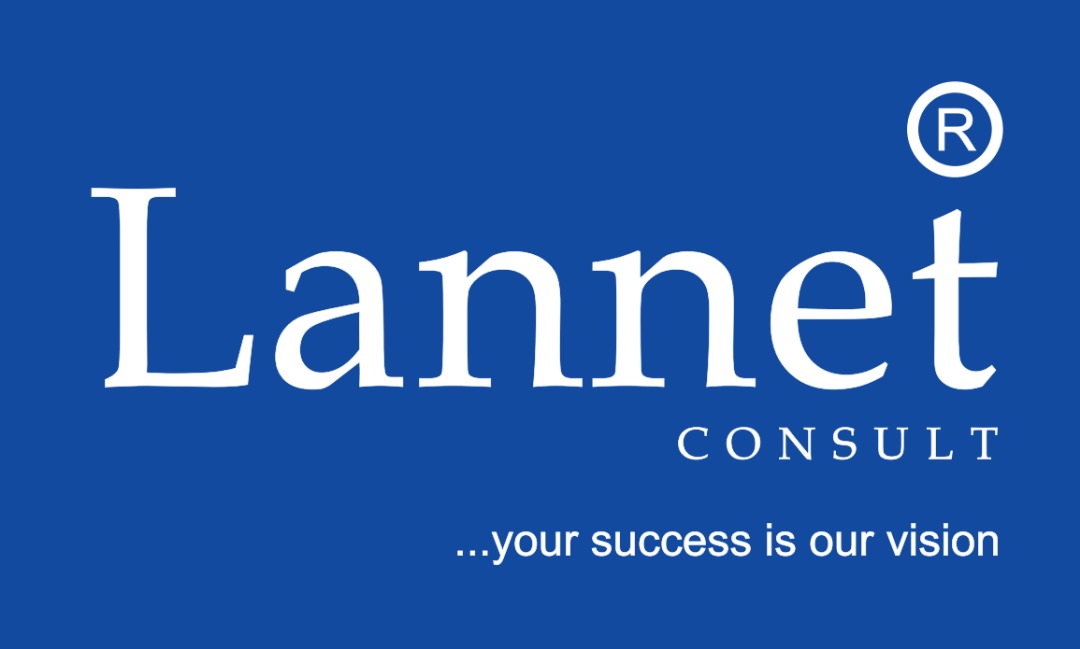In today’s dynamic business environment, effective communication remains a cornerstone of team performance. High-performing teams distinguish themselves not only by their output but also by the quality of their collaboration, facilitated through clear, consistent, and strategic communication. In this post, we’ll analyze some key communication techniques that drive team effectiveness and explore why they are critical for sustaining high performance.
1. Establishing a Clear Communication Framework
For any team to function effectively, a structured communication framework is essential. A communication framework outlines how information flows within the team, including channels, frequency, and purpose of communications. Having a clear structure prevents misunderstandings, promotes transparency, and ensures every team member has access to relevant information. This framework may include:
- Regular Team Meetings: Weekly check-ins and monthly progress reviews create consistent touchpoints for team members to share updates and align on goals.
- Defined Communication Channels: Establishing primary channels—such as email for formal communication, project management tools for task-related updates, and chat applications for quick discussions—keeps communication organized and accessible.
- Standardized Reporting Structures: Standardizing how updates are reported ensures that everyone understands the progress, challenges, and next steps for any project.
2. Prioritizing Active Listening
Active listening is a critical skill in team communication, as it helps build trust and fosters a collaborative environment. Unlike passive hearing, active listening requires fully engaging with the speaker, reflecting on their message, and responding thoughtfully. Research highlights that teams where members practice active listening report higher levels of cohesion and satisfaction, which are directly linked to improved performance.
Active listening in teams can be encouraged through:
- Reflective Feedback: Paraphrasing what others have said not only demonstrates understanding but also allows for clarification if needed.
- Asking Open-Ended Questions: Promoting dialogue through open-ended questions encourages team members to share more insights, leading to a deeper understanding of issues.
- Minimizing Interruptions: Giving each person the chance to speak without interruptions respects their perspective and builds a culture of inclusivity.
3. Encouraging Constructive Feedback
Feedback is a powerful tool for team development. Constructive feedback—when delivered thoughtfully—helps individuals understand their strengths and areas for improvement. A high-performing team thrives on regular, specific feedback that focuses on behaviors and outcomes rather than personal attributes.
Effective feedback techniques include:
- The SBI (Situation-Behavior-Impact) Model: This approach involves describing the situation, the behavior observed, and its impact. For example, “In yesterday’s meeting (situation), I noticed that you clarified the project requirements (behavior), which helped everyone understand the next steps (impact).”
- Balanced Feedback: Providing both positive and constructive feedback maintains motivation while supporting growth. This balance keeps communication respectful and focused on improvement.
- Scheduled One-on-Ones: Regular one-on-one meetings create a private space where team members can share feedback, ask for support, and discuss development goals.
4. Facilitating Open Dialogue
An environment where team members feel comfortable sharing their ideas and concerns without fear of retribution fosters innovation and resilience. Open dialogue encourages diverse perspectives, which can lead to more effective problem-solving and decision-making.
Promoting open dialogue can involve:
- Psychological Safety: Cultivating a psychologically safe environment means allowing team members to express their thoughts without fear of judgment or negative consequences.
- Inclusive Practices: Ensuring that all voices are heard, especially those of quieter team members, promotes a sense of belonging and encourages everyone to contribute.
- Clear Escalation Channels: For sensitive issues, having clear, confidential pathways for escalation reassures team members that they can address concerns safely.
5. Leveraging Technology for Seamless Collaboration
In increasingly remote and hybrid work environments, digital tools are invaluable for maintaining effective communication. Utilizing platforms that support real-time collaboration and asynchronous communication can reduce delays and miscommunication.
Key tools and practices include:
- Project Management Software: Platforms like Asana, Trello, or Monday.com allow teams to track tasks, deadlines, and responsibilities, making progress visible and reducing the need for status update meetings.
- Video Conferencing: Video meetings help remote teams build rapport and facilitate complex discussions. Scheduling regular video calls can help remote teams feel more connected.
- Documentation and Knowledge Sharing: A centralized repository, such as a shared drive or wiki, enables team members to access information independently and maintain a record of key decisions.
How Lannet Consult Can Help You Build a Culture of Effective Communication
At Lannet Consult, we understand that achieving effective communication within a team requires both strategic planning and a tailored approach. With years of expertise in organizational consulting, we provide a range of services designed to enhance team communication, collaboration, and performance. Here’s how we can support your organization:
- Customized Communication Frameworks: We work closely with clients to establish clear, structured communication frameworks that align with their organizational goals and team dynamics. Our consultants help design meeting structures, reporting mechanisms, and escalation pathways that promote transparency and accountability.
- Active Listening and Feedback Training: Our training programs emphasize active listening and constructive feedback techniques, ensuring that your team members are equipped to communicate effectively and respectfully. These workshops focus on practical skills that improve team cohesion and empower members to give and receive feedback constructively.
- Psychological Safety and Inclusivity Workshops: We offer workshops focused on building psychological safety and inclusivity, helping teams create environments where every voice is valued. By promoting open dialogue, we ensure that team members feel comfortable sharing ideas and collaborating on solutions without fear of judgment.
- Technology and Collaboration Tool Integration: In today’s digital-first world, selecting and implementing the right tools is critical. We guide organizations through the process of adopting and integrating collaboration platforms that support seamless communication. Our expertise ensures that tools are chosen and configured to meet your team’s specific needs, whether they’re working in-office, remotely, or in a hybrid setup.
- Ongoing Support and Consultation: We don’t just leave after implementation; we offer ongoing support to refine and adapt communication practices as your team evolves. Our consultants regularly review your team’s communication effectiveness, identifying areas for improvement and adjusting strategies to maintain high performance.
With Lannet Consult’s comprehensive communication solutions, your organization can build a high-performing team that communicates effectively, collaborates seamlessly, and consistently meets its objectives.
Conclusion
Effective communication in a high-performing team goes beyond simple information exchange. It requires a systematic approach, empathy, and the right mix of technology to enable seamless interactions. By prioritizing active listening, providing constructive feedback, encouraging open dialogue, and leveraging collaboration tools, teams can strengthen their collective performance and resilience. In a world where teams increasingly work across geographies and time zones, these communication techniques are not just best practices but are essential strategies for sustainable success.


Add a Comment